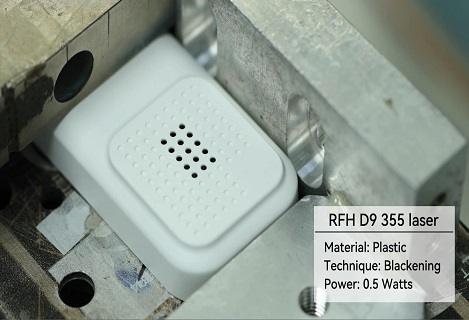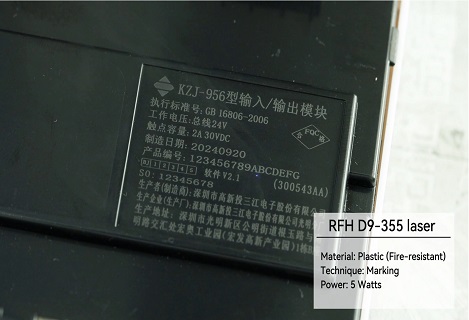
3D glass subsurface engraving with a 355nm UV laser is a fascinating topic. This technique involves using a high-powered UV laser with a wavelength of 355nm to create intricate and detailed engravings inside glass materials.

The process begins by preparing the glass surface, ensuring it is clean and free from any contaminants. Next, a 3D model or design is created using specialized software. This design is then converted into a format that the UV laser can understand.
The glass material is placed in a controlled environment to ensure optimal conditions for the engraving process. The UV laser is then directed towards the glass surface, focusing on specific areas to create the desired engraving. The high-energy UV laser causes localized heating, which leads to the formation of microcracks within the glass.
These microcracks act as a guide for the laser, allowing it to follow the desired path and create intricate patterns and designs. The laser's high precision and accuracy enable it to engrave even the most complex shapes and details.
One of the key advantages of 3D glass subsurface engraving with a 355nm UV laser is its ability to create three-dimensional effects within the glass material. By controlling the laser's intensity and duration, different depths and layers can be engraved, resulting in a stunning 3D effect.
Additionally, the use of a UV laser ensures minimal damage to the surrounding glass material, as the short wavelength allows for precise targeting and minimal heat transfer. This makes it an ideal technique for engraving delicate and intricate glass objects such as jewelry, awards, and decorative items.
In conclusion, 3D glass subsurface engraving with a 355nm UV laser is a cutting-edge technique that allows for the creation of intricate and detailed engravings within glass materials. Its ability to produce three-dimensional effects and its precision make it a popular choice for various applications.




































